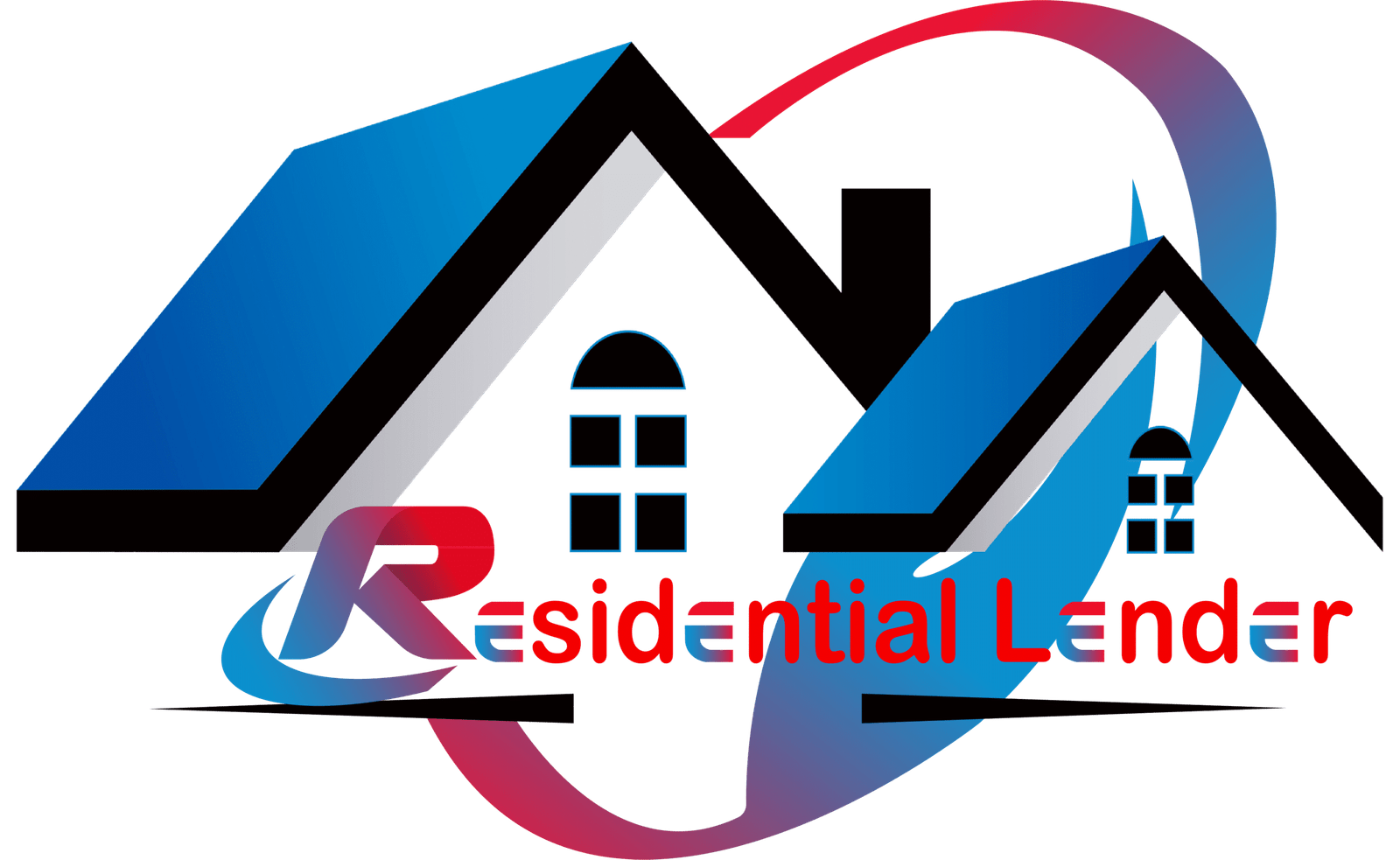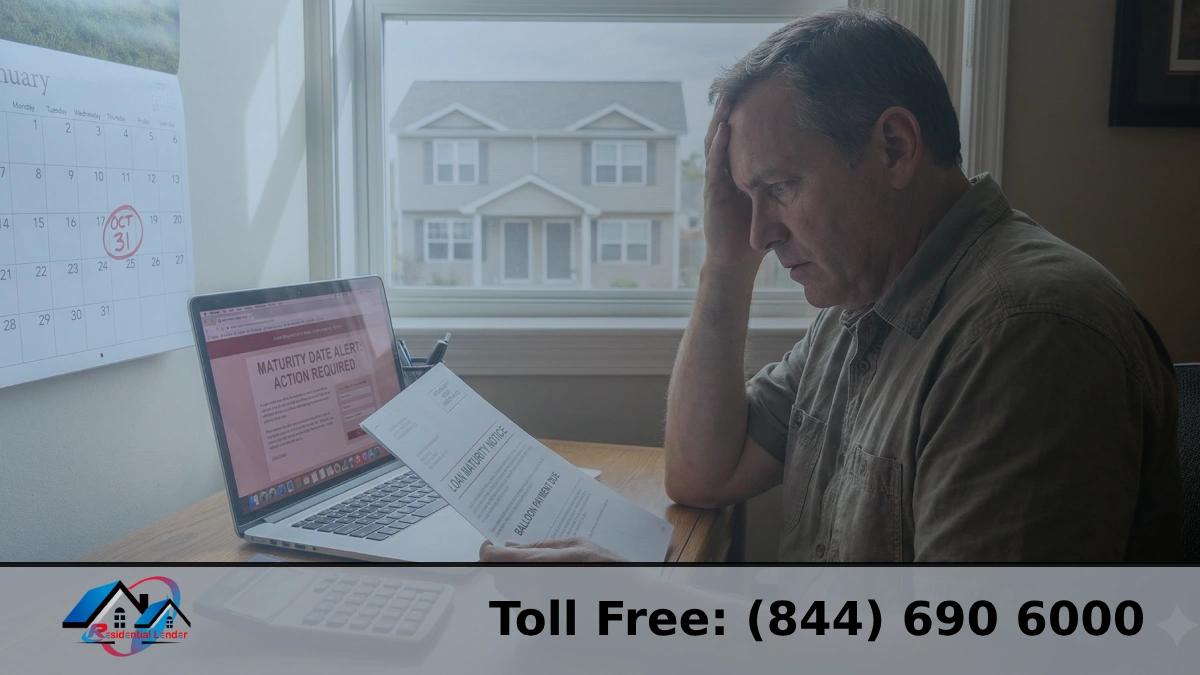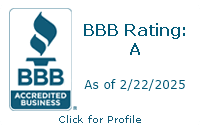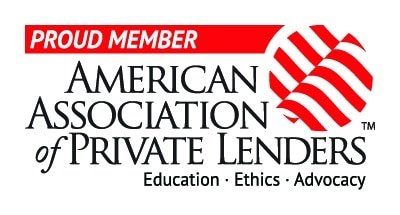As savvy buyers know, the real estate market is constantly changing, and “flipping” homes is one of the best ways to make money. A new study from the National Association of Realtors shows that the average gross profit on a house flipped in 2023 was an impressive $70,000. But there are challenges in this way to wealth. A big problem is getting the money you need to buy run-down homes and fix them. Fix and flip loans are beneficial in this situation because they give investors the freedom and speed with their money that they need to take advantage of good chances.
What are Fix and Flip Loans?
Fix and flip loans, hard money loans, and bridge loans are all short-term loan choices for investors who want to fix up properties. Traditional mortgages are long-term loans backed by the property itself. On the other hand, Fix and flip loans focus on making quick money from the investment. These loans give people the money to buy a run-down house, pay for repairs, and sell it for a significant profit.
Benefits of Using Fix and Flip Loans
Fix and flip loans have several key benefits that make them a good choice for real estate investors:
Faster Access to Funding: The traditional process of applying for a mortgage can be lengthy and complicated. On the other hand, Fix and flip loans often have much quicker approval times, which lets investors take advantage of chances that won’t last long.
More freedom: These loans give you more freedom over the loan terms and who can apply for them. Lenders look at the property’s possible return on investment more than the borrower’s credit score.
Ability to Finance a Wider Range of Property Types: Fix and flip loans can finance a broader range of property types, even ones that might not be eligible for standard mortgages because of their condition or location. This gives savvy buyers more options for where to put their money.
Real estate owners who understand the details of fix and flip loans and take advantage of their unique benefits can better handle the market’s challenges, maximize their returns, and build successful portfolios.
Understanding Fix and Flip Loan Options
A. Types of Fix and Flip Loans
Fixed-rate and flip loans come in several different forms, each with its pros and cons:
Hard money loans
Private loans or hard money lenders offer
Most of the time, they can be paid back faster than standard loans.
Interest rates that are higher than those on other fix and flip choices
Suitable for short-term projects that need quick access to cash
Private money loans
Private companies paid for it.
Loan terms and interest rates can change based on the owner.
It might give you more freedom than hard money loans.
It can take a long time to find a private loan.
FHA 203K loans
Federal Housing Administration (FHA)-insured
It can be used to pay for the buying and repair of a single-family home.
Rates that are lower than hard money or private money loans
Stringent standards for eligibility and a lengthy approval process
Not suitable for all kinds of fix-and-flip jobs
Here’s a comparison of some key features of each loan type:
| Feature | Hard Money Loan | Private Money Loan | FHA 203K Loan |
| Interest Rate | Higher | Variable | Lower |
| Loan Term | Short-term (typically 6-12 months) | Variable | Longer-term (up to 30 years) |
| LTV Ratio (Loan-to-Value Ratio) | Lower (typically around 70%) | Variable | Up to 85% |
| Approval Time | Faster | Variable | Slower |
Factors to Consider When Choosing a Fix and Flip Loan
To get the right fix-and-flip loan for your job, you need to think about several things carefully:
The project’s goals and costs: How much money you need will depend significantly on your renovation job size. Fix and flip loans usually have a maximum loan-to-value ratio (LTV), so you need to think about how much it will cost to fix up the house when you figure out how much of a loan you need.
Credit score: Your credit score may not be the most important thing lenders look at when deciding to fix and flip a loan, but some may. Better loan options may be available if you have a high credit score.
Loan term you want: Consider how long your project will take when picking a loan term. Hard money loans work best for short-term jobs, while FHA 203K loans have longer terms for more substantial renovations.
The Fix and Flip Loan Process
Pre-Application Steps
Before you apply for a fix-and-flip loan, you need to take a few essential steps:
Evaluation of the Property: Perform a full inspection, checking for damage to the structure, plumbing, and electrical systems and any necessary fixes.
Estimating the project’s costs: Create a thorough budget that includes all the fees you anticipate the renovation will incur, such as materials, labor, and other unexpected expenses.
The Fix and Flip Loan Application
The steps you usually take to apply for a fix-and-flip loan are:
Sending in the necessary paperwork: This could mean:
Financial records (for yourself and your business)
Proof of money coming in
History of credit
Agreement to buy
Detailed plans for renovations
Proforma is a financial estimate of how profitable the project will be.
Meeting with the lender: Discuss your project in depth, answer any questions, and provide any requested additional information.
Loan Underwriting and Approval
After the application is sent in, the lender will go through a screening process to:
The borrower must have good credit, experience in real estate, and be financially stable.
Project feasibility: How much money the project could make, how accurate the remodeling budget is, and how much the property is expected to be worth after repairs.
Market analysis: a look at the current state of the market and the chances of a property selling going well.
Loan Closing and Funding
As soon as the loan is approved, the closing process will begin. In most cases, this means:
When you sign loan papers, the borrower will sign all the formal papers that need to be signed, such as the mortgage agreement and promissory note.
Money transfer: The lender will transfer the loan money, usually in steps, to match the renovation’s progress.
Draw Schedules and Managing Loan Funds
A draw plan is an essential part of getting a fix-and-flip loan. It lists the stages of the renovation project at which loan funds are expected to be paid out.
Managing loan funds: Following the draw, the plan ensures that funds are only released when specific goals are met responsibly. This helps keep prices down, prevent people from spending too much, and keep the project on schedule.
By carefully managing loan funds according to the drawing plan, investors can minimize risks and maximize the profits from their fix-and-flip projects.
Essential Considerations for a Successful Fix and Flip Project
Finding the Right Investment Property
There are a few essential things you should think about when looking for a house to fix up and sell:
Location: Pick an area people want to live in with a strong rental market. Consider how close the property is to services, schools, and public transportation.
Condition: Look for homes with good bones but need changes to the outside of the structure. Stay away from homes with significant base problems or many code violations.
ARV Potential: Determine the property’s After-Repair Value (ARV) to ensure a good return on your investment. To get an accurate ARV, look at similar deals in the area.
Creating a Realistic Renovation Budget
The renovation budget must be very detailed and accurate for fix and flip projects to go well. Some important things to think about are:
Materials: Write down the cost of all the materials, such as building supplies, tools, and fixtures.
Labor: Consider the cost of hiring workers for all parts of the remodeling, such as tearing down, building, and finishing.
Fees and licenses: Write down how much it costs to get the licenses, inspections, and other fees that the government charges.
Contingency Fund: Set aside some of your budget to cover any unexpected costs during the repair.
Building a Strong Renovation Team
For a fix-and-flip project to go well, you need to work with a team of contractors and subcontractors you can trust and who have a lot of experience. Here are some ways to make your team stronger:
Make connections: Get to know trustworthy builders and subcontractors in your area.
Sources: Look at their sources and read reviews of their work online to ensure it’s good.
Clear decisions should be made about the work when it needs to be done, and its cost.
Communication: Keep the lines of communication open with your team to ensure the project stays on track.
Unexpected Costs and Market Fluctuations
You need to be ready for prices and changes in the market that you didn’t expect, as they could affect your fix and flip project’s ability to make money. For lessening these risks, try these ideas:
Plan for the worst: Set aside some of your budget for unexpected costs during the repair.
Market research: Monitor changes in the local market and adjust your remodeling plans as needed.
Risk management: You might want to buy insurance to protect yourself from losing money because of things you can’t plan for.
Conclusion
Dealing with fix and flip loans can be very helpful for real estate owners who want to make money in the residential market. These loans can speed up the investment process and get the best results by giving you quick access to capital, more loan terms and qualification options, and the chance to finance a broader range of property types.
However, it’s essential to carefully consider the different kinds of fixed and revolving loans available, such as hard money loans, private money loans, and FHA 203K loans, and choose the one that best fits your project needs and budget.
For a fix-and-flip loan to work, you need to know the whole process, from the steps you take before applying to the steps you take after closing and getting the money.
Imagine you want to do a fix-and-flip project and need help from a professional to find the best loan choices. If that’s the case, please get in touch with our team. We can give you personalized advice, determine your project’s potential, and contact the best lenders to help you reach your business goals.
FAQs
What is the typical return on investment (ROI) for fix and flip projects?
Return on investment (ROI) for fix-and-flip projects can vary greatly depending on the property’s location, the renovation cost, the market’s state, and the investor’s experience level. Some buyers may receive a 20% or more return on their investment, while others may receive less or even lose money.
How can I improve my chances of getting an approved fix and flip loan?
You have a better chance of getting a fix-and-flip loan if you:
Strong Financial History: Keep your credit score high, show that you have a steady source of income, and have a good history with money.
Detail-Oriented Business Plan: Give a well-thought-out business plan with a reasonable budget, a clear exit strategy, and a complete market analysis.
Experienced Team: Show that you know how to invest in real estate or work with people who do.
Get a Down Payment: A large down payment can make it much more likely that the lender will approve your loan.
What are the potential risks associated with fix and flip loans?
The risks that might come with fix and flip loans are
Interest Rate Risk: Changing interest rates can significantly affect making money.
Market Risk: If the market changes negatively, such as property prices falling or competition getting more challenging, it can hurt your investment.
Construction Delays: Unexpected delays in the remodeling process can make the job take longer and cost more.
Cost Overruns: Unexpected problems with the building or a lack of materials can cause costs to go over budget and cut profits.
Are fix and flip loans suitable for first-time investors?
Fix and flip loans can be a profitable investment option for investors, but they may not be right for all first-time buyers.
To succeed, you must do extensive research, plan carefully, and understand the market.
You might work with an experienced trainer or investor to learn new things and reduce risks.
What are the tax implications of fix and flip projects?
The effects of fix and flip projects on taxes are-
Profits from selling a house may be subject to capital gains taxes.
Seek advice from a trained tax expert to fully comprehend the precise tax effects of your fix-and-flip project and to look into possible tax deductions.








